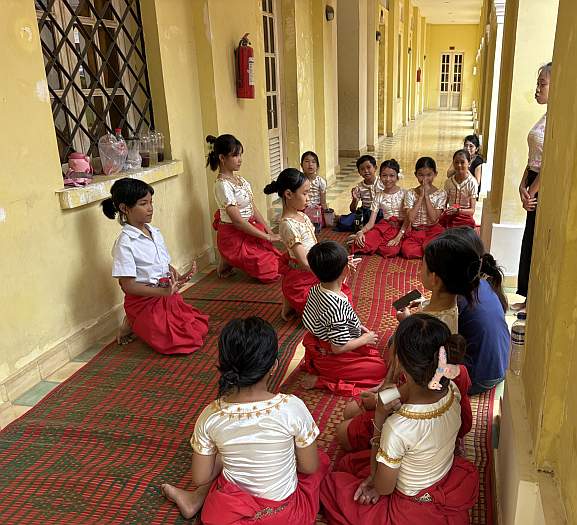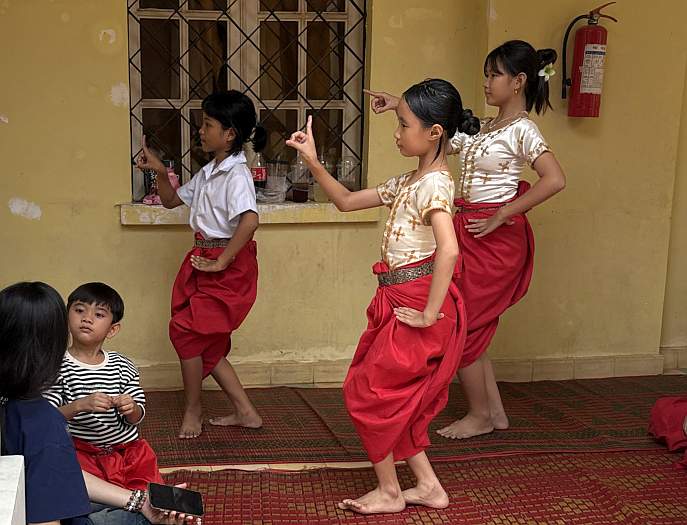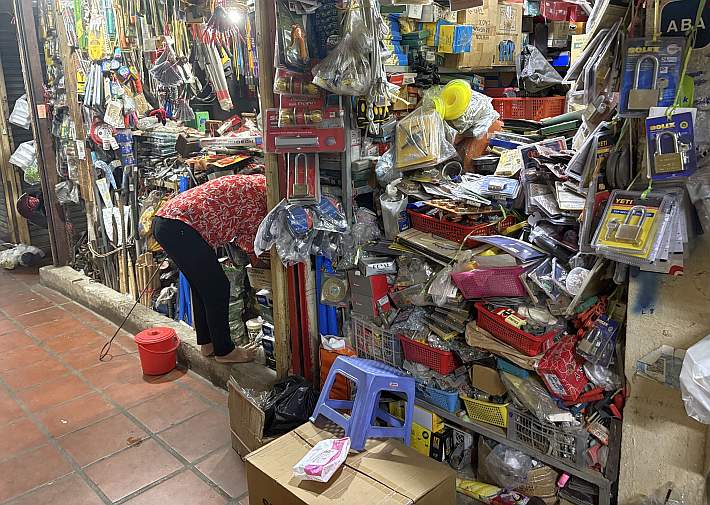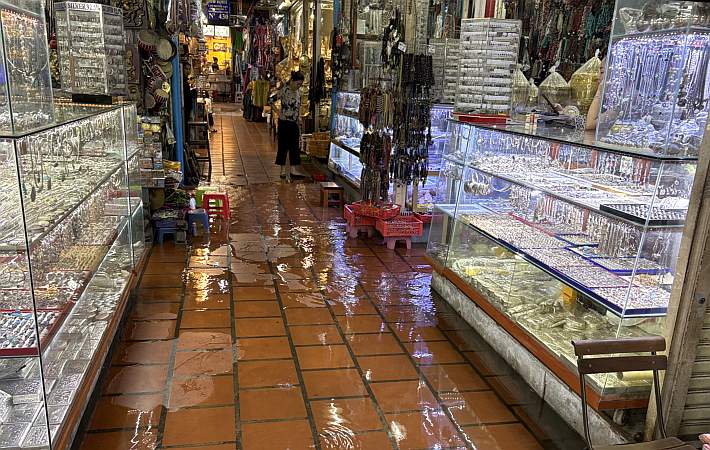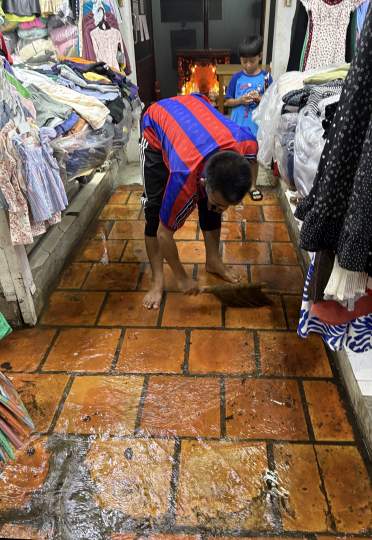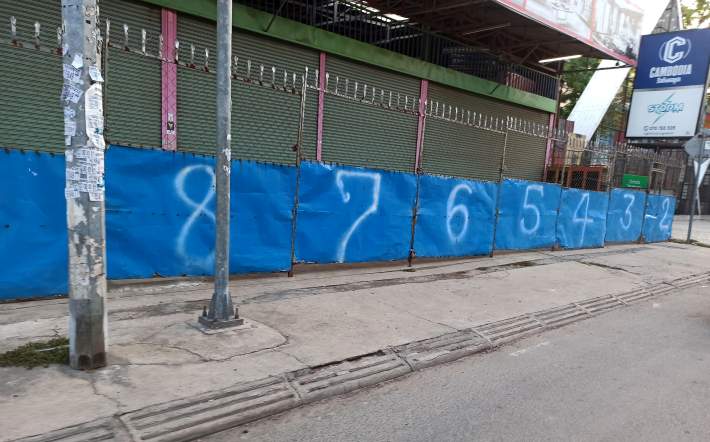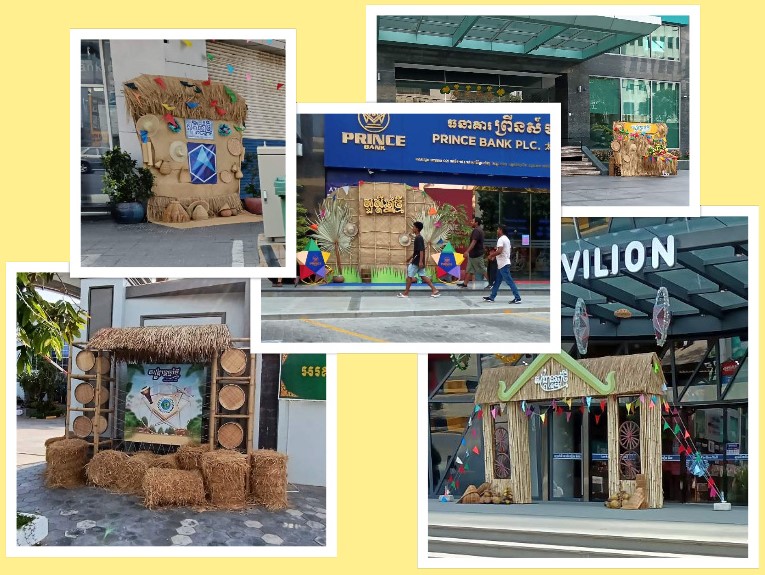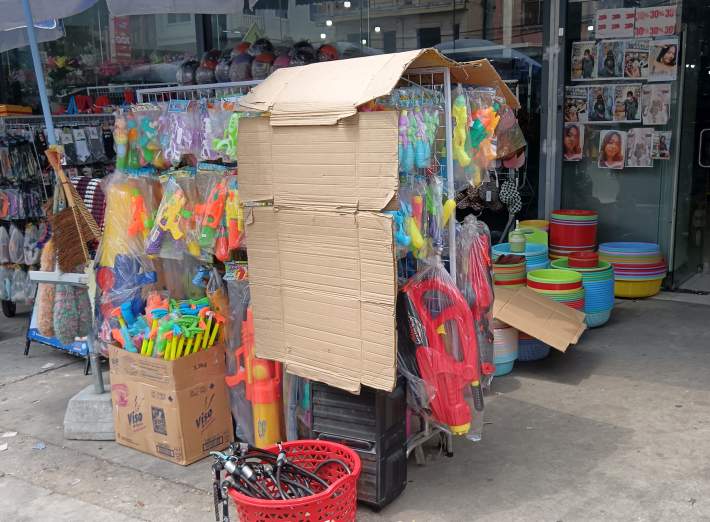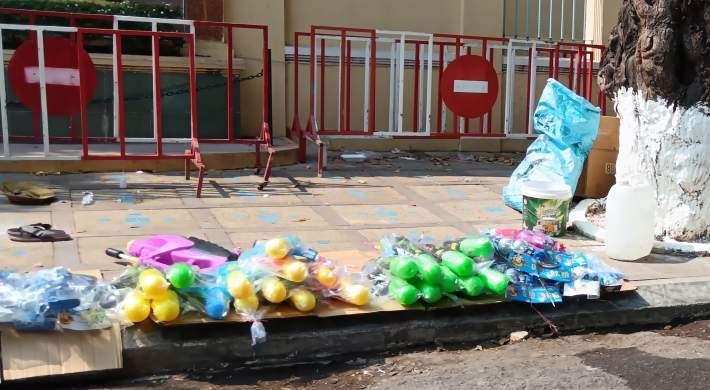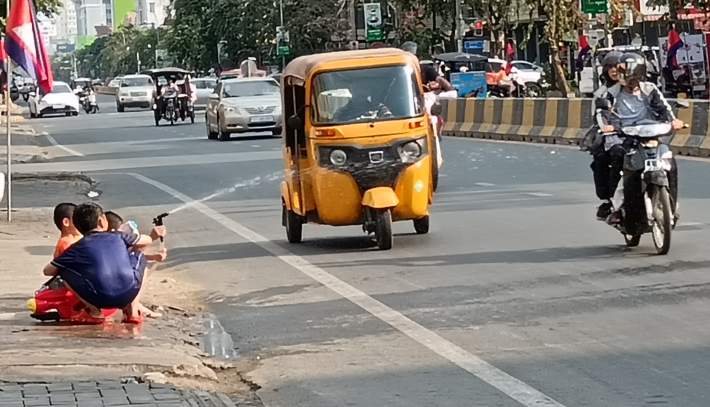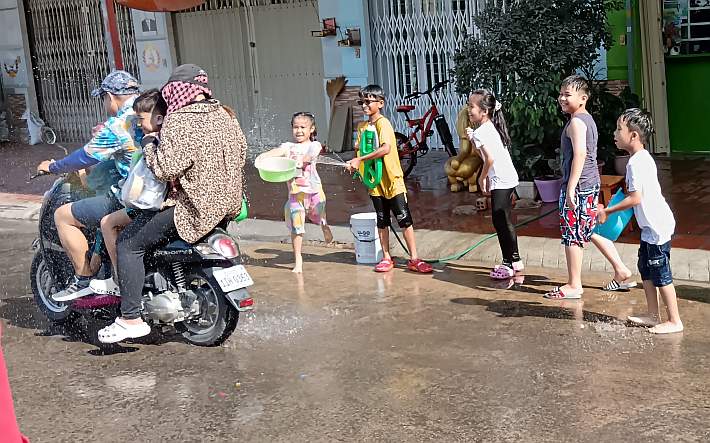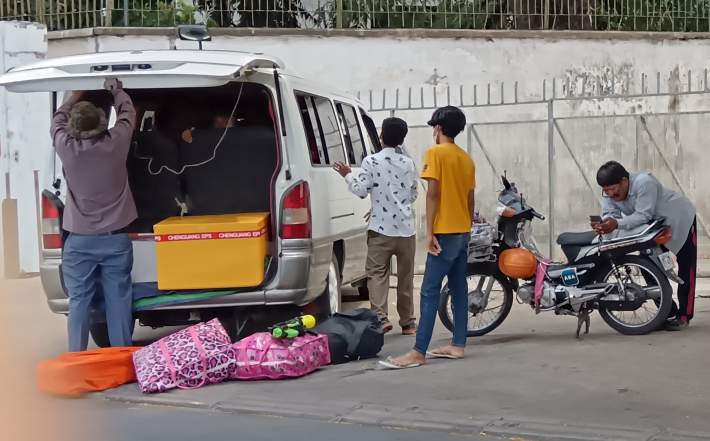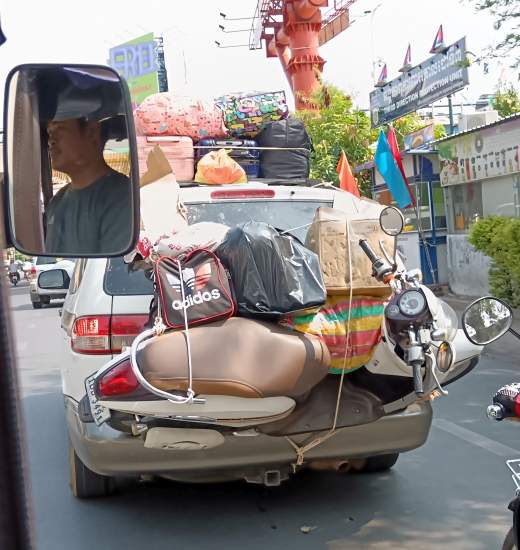
Bishop Olivier of Phnom Penh is a very active player in the life of the kingdom and always reaches out to the Buddhists to address issues, celebrate events, etc. In the current conflict between the kingdoms of Cambodia and Thailand, Bishop Olivier has gone to the front lines with a Buddhist delegation and has engaged with Buddhist leadership in praying for peace.

The joint prayer events take on a form not so familiar to Christian groups. Literally hundreds of Buddhist monks came together for this joint prayer service.
